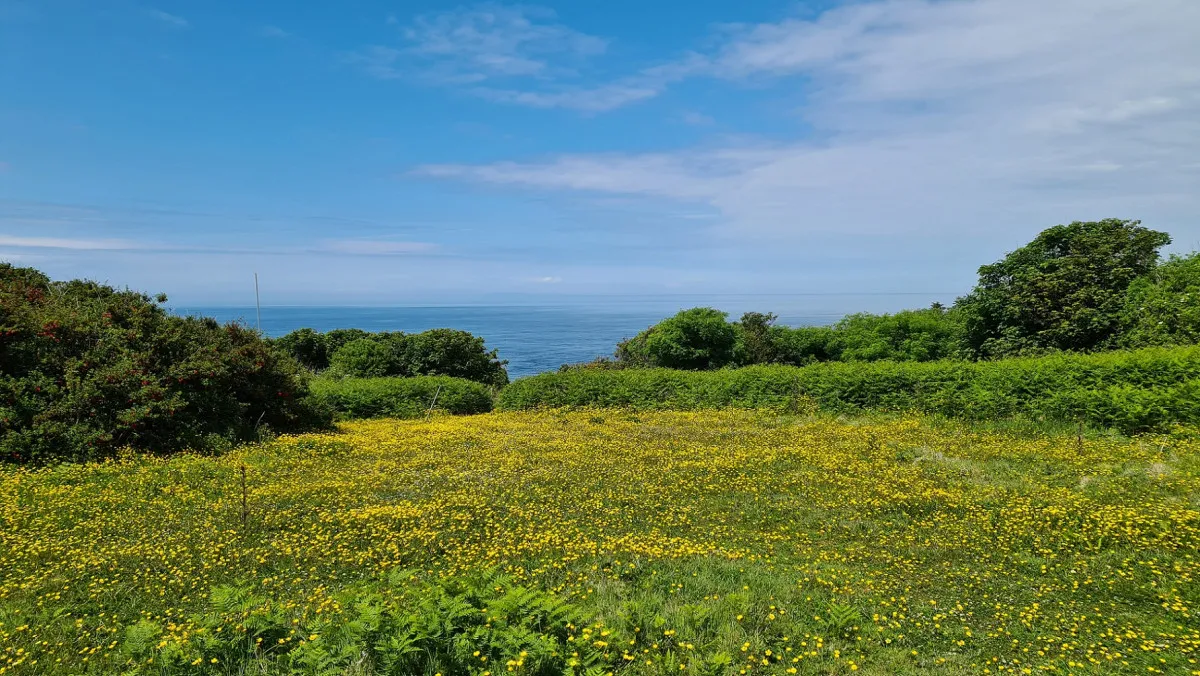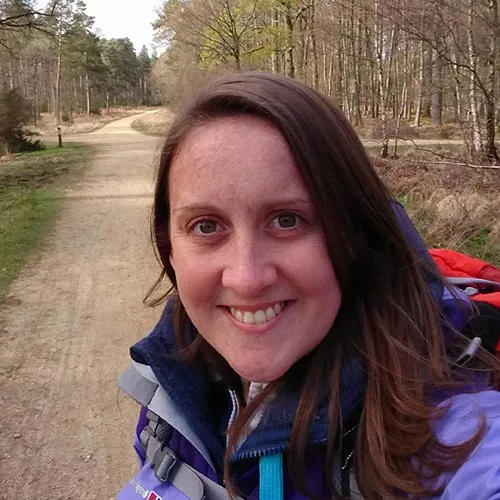Citation

Overview
BTO-led research highlights the importance of the quality of protected areas in their effectiveness.
In more detail
With an estimated one million species currently threatened with extinction, it is imperative to stem biodiversity loss. The Kunming-Montreal Global Biodiversity Framework, agreed by world leaders in 2022, sets out to protect 30% of the world’s land, coastal waters, and ocean by 2030 (known as “30 by 30”) in an attempt to address this issue. However, is simply designating an area as ‘protected’ effective in restoring species’ numbers?
This study used data from the BTO/JNCC/RSPB Breeding Bird Survey to examine how the quality of a protected area, as measured by its condition, affects breeding bird abundance and population trends. It found evidence that protected sites in favourable condition were associated with greater (albeit, less negative) bird abundances than those in unfavourable condition, and that protected areas in favourable condition were associated with increased population trends compared to unfavourable protected areas.
Favourable protected area condition was also seen to benefit habitat specialists and cold-adapted species, such as Whinchat and Corn Bunting. Interestingly, population trends of UK Red-listed species, including Cuckoo, Willow Tit and Linnet, were more positively associated with both favourable and unfavourable protected area extent, suggesting that species of conservation concern benefit from the existence of protected areas regardless of their condition.
These findings suggest that improving protected areas in unfavourable condition can benefit species recovery, and highlight the importance of effective conservation management. This has important policy implications, in that simply achieving the “30 by 30” target without ensuring those resulting protected areas are of good quality might not be sufficient to restore biodiversity.
Abstract
The Post-2020 Global Biodiversity Framework calls for at least 30% of land and sea to be protected by 2030. Whilst there is growing evidence that protected areas can benefit biodiversity, to achieve the greatest possible gains from their expansion, we must understand how protected area quality impacts upon biodiversity metrics. We used UK BTO/JNCC/RSPB Breeding Bird Survey data and protected areas condition data from national Common Standards Monitoring, to test whether improving site condition (for which there are UK policy targets) would contribute to stated policy targets to increase species’ abundance. After controlling for differences in climate, land cover, and elevation, we found a positive association between the proportion of favourable habitat and bird abundance trends in the UK, while in Wales, Scotland and Northern Ireland combined, the positive effect was also significantly greater than in unfavourable habitat. Conversely, we also found a negative effect of proportion of favourable habitat on bird abundance. There was no evidence that these relationships varied between conservation status or many of the traits considered, although there was some evidence that favourable condition was beneficial for habitat specialists, cold-adapted species, and varied by habitat. Our findings suggest that improving the condition of protected areas currently in unfavourable condition, will contribute to nature recovery as measured by species’ abundance trends in some circumstances. This also suggests that achieving the “30 by 30” target without ensuring those protected areas are of sufficient quality, may not be sufficient to restore biodiversity.
The BTO/JNCC/RSPB Breeding Bird Survey is a partnership jointly funded by the BTO, RSPB and JNCC. We thank all the volunteers for their efforts over many years. This work was funded jointly by the JNCC, NatureScot, Natural England, Nature Resources Wales and the Department of Agriculture, Environment and Rural Affairs, Northern Ireland through the Terrestrial Surveillance Development and Analysis partnership with BTO and UKCEH.





